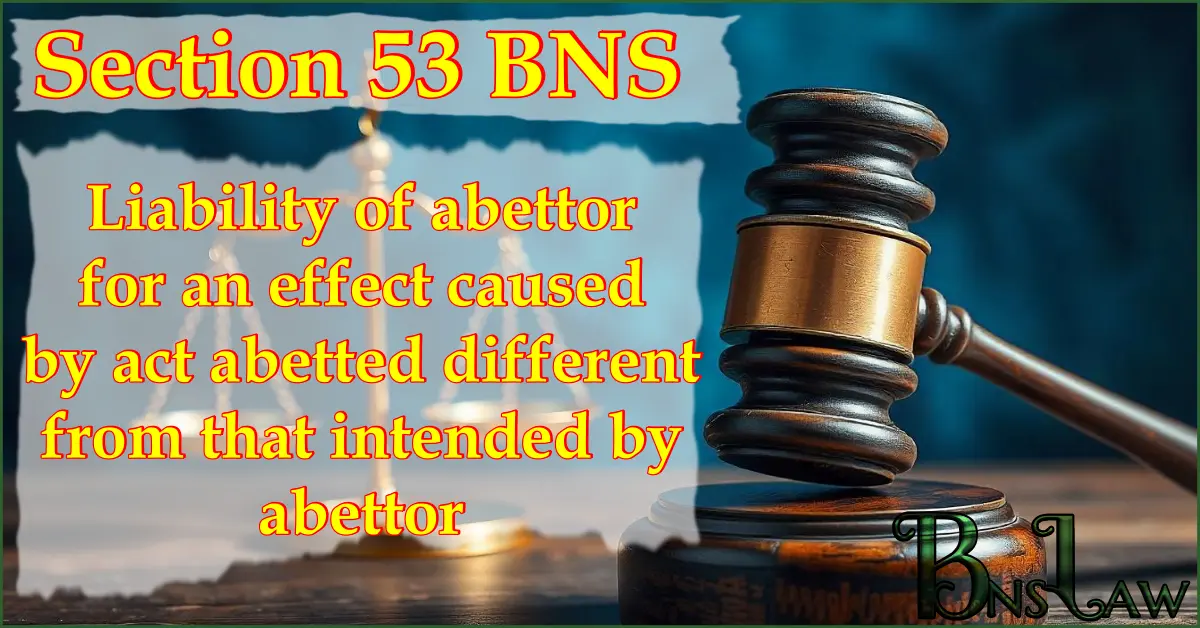In today’s fast-paced legal environment, efficiency is key. Legal professionals, researchers, and law students often juggle numerous case files, statutes, legal opinions, and research documents in PDF format. Consolidating these PDFs into a single, organized file can save time, reduce clutter, and enhance your overall productivity.
This article explains why consolidating legal PDFs is essential, explores best practices for merging documents, and demonstrates how digital tools can revolutionize your workflow.
Why Consolidate Legal PDFs?
- Efficiency in Legal Research: Legal professionals are constantly required to search through large volumes of documents. By merging relevant PDFs, such as multiple sections of a statute or a collection of case opinions, you create a single resource that is easier to search and reference. This reduces time spent toggling between files and ensures that all pertinent information is in one place.
- Enhanced Document Management: Maintaining separate PDF files can lead to version control issues and confusion over the most current document. Consolidation minimizes these issues, offering a clear and updated document repository.
- Improved Accessibility: A unified PDF file allows for quick navigation with built-in search functionality, bookmarks, and annotations. This is particularly useful in court submissions and legal brief preparations.
- Reduced Clutter: Organizing documents digitally helps eliminate physical clutter and allows for a streamlined digital workspace. When you have all related documents in one file, it’s easier to share, archive, and update legal materials.
Benefits of PDF Consolidation in Legal Work
- Time-Saving: Merging PDFs can significantly reduce the time spent on document retrieval and review.
- Consistency: A consolidated document ensures that all sections of a legal text are uniformly formatted and accessible.
- Enhanced Searchability: With a single searchable file, finding specific keywords, sections, or clauses becomes much simpler.
- Simplified Collaboration: Legal teams can work on one consolidated document instead of multiple files, reducing the risk of miscommunication.
- Ease of Archiving: A unified document is easier to archive and retrieve for future reference, especially in legal research and case management.
Best Practices for Merging Legal Documents
1. Organize Your Files: Before merging, sort your PDFs in the order they should appear. For example, group related legal texts such as statutes, case files, and amendments together.
2. Ensure Consistent Formatting: Make sure all PDFs have a consistent format in terms of fonts, headings, and page numbers. This maintains readability and professionalism.
3. Use Reliable PDF Merging Tools: Choose a tool that offers secure and efficient merging and that supports features like OCR (Optical Character Recognition) for searchable text.
4. Create Bookmarks and Annotations: After merging, add bookmarks, a table of contents, and annotations to facilitate quick navigation and reference.
5. Check Document Security: Ensure that the merged document preserves security settings and redactions, especially when handling sensitive legal information.
Step-by-Step Guide to Consolidating Legal PDFs
Step 1: Collect and Organize Files
Gather all the legal PDFs you intend to merge. Categorize them by subject, case, or document type. This will help you determine the correct sequence.
Step 2: Choose a PDF Merging Tool
Select a reliable PDF merging tool. Tools like PDF Zusammenfügen are designed specifically for merging PDFs with legal documents in mind.

Step 3: Upload and Arrange
Upload your files into the tool. Arrange them in the desired order. Most tools provide a drag-and-drop interface for easy rearrangement.
Step 4: Merge and Save
Execute the merge command. Once the PDFs are consolidated, save the file in a secure location. Use clear naming conventions to identify the document (e.g., “Consolidated_Legal_Documents_2025.pdf”).
Step 5: Add Navigation Features
Open the merged PDF in an editor to add bookmarks, a table of contents, and annotations. This step enhances the user experience by making navigation seamless.
Tools for PDF Merging
There are many PDF merging tools available, each with its unique features. Here are some popular options:
| Tool Name | Features |
|---|---|
| PDF Zusammenfügen | Easy drag-and-drop, secure merging, preview, get direct share link of the merged pdf, it can merge images and PDFs together. |
| Adobe Acrobat Pro DC | Advanced editing, annotation, and security features |
| Smallpdf | Cloud-based, and intuitive interface |
| PDFsam Basic | Open-source, offline merging, custom page extraction options |
Note: The above table provides a comparative view to help you choose the right tool based on your specific needs.
Case Study: Streamlining Court Filings
Imagine a law firm preparing for a major litigation case. The firm has hundreds of legal documents—court filings, witness statements, evidence files, and legal precedents—spread across multiple PDFs. By consolidating these documents:
- Efficiency is Improved: Lawyers can quickly access all relevant documents in one file.
- Error Reduction: Fewer documents mean a reduced risk of losing important information or submitting outdated files.
- Collaboration is Streamlined: Multiple team members can annotate the consolidated PDF and share insights, ensuring everyone is on the same page.
This case study highlights how digital transformation using tools like UnirPDF.io can directly impact the efficiency of legal processes.
Traditional vs. Digital PDF Management
| Aspect | Traditional Management | Digital Consolidation |
|---|---|---|
| File Organization | Multiple standalone files, prone to disorganization | Single, consolidated file with clear structure |
| Search Efficiency | Manual search through several files | Instant search through a unified document |
| Collaboration | Version control issues, multiple file versions | One document for all team members, consistent version |
| Document Updates | Difficult to update all versions | Easy update and annotation in one file |
| Time Consumption | Time-consuming to locate and manage documents | Quick access and streamlined workflow |
| Risk of Loss/Error | Higher risk of misplacing or using outdated documents | Lower risk with centralized management |
Conclusion
Consolidating legal PDFs for quick access is a game-changing strategy for legal professionals. It not only streamlines research and document management but also enhances collaboration and reduces the risk of errors.
By using reliable PDF merging tools, lawyers and legal researchers can maintain a more organized and efficient workflow. Whether you’re preparing for court filings, managing legal research, or archiving important documents, merging your PDFs into a single, searchable file can significantly boost your productivity.
Digital transformation in the legal field is all about efficiency and accuracy. Embracing the practice of consolidating PDFs can save you time, improve document accessibility, and streamline the overall legal process. With the right tools and best practices in place, your legal team can focus more on what matters—delivering outstanding legal services.
FAQs
1. What is PDF consolidation in a legal context?
PDF consolidation involves merging multiple legal PDFs into a single document, which makes it easier to manage, search, and navigate through large volumes of legal information.
2. What tools can I use for merging legal PDFs?
Several tools are available, including PDF Zusammenfügen, Adobe Acrobat Pro DC, Smallpdf, and PDFsam Basic. PDF Zusammenfügen is particularly effective for legal document consolidation.
By implementing these strategies and utilizing advanced PDF merging tools, you can transform your document management process and make legal research more efficient than ever before. Start consolidating your legal PDFs today and experience the difference in your daily legal workflow.







